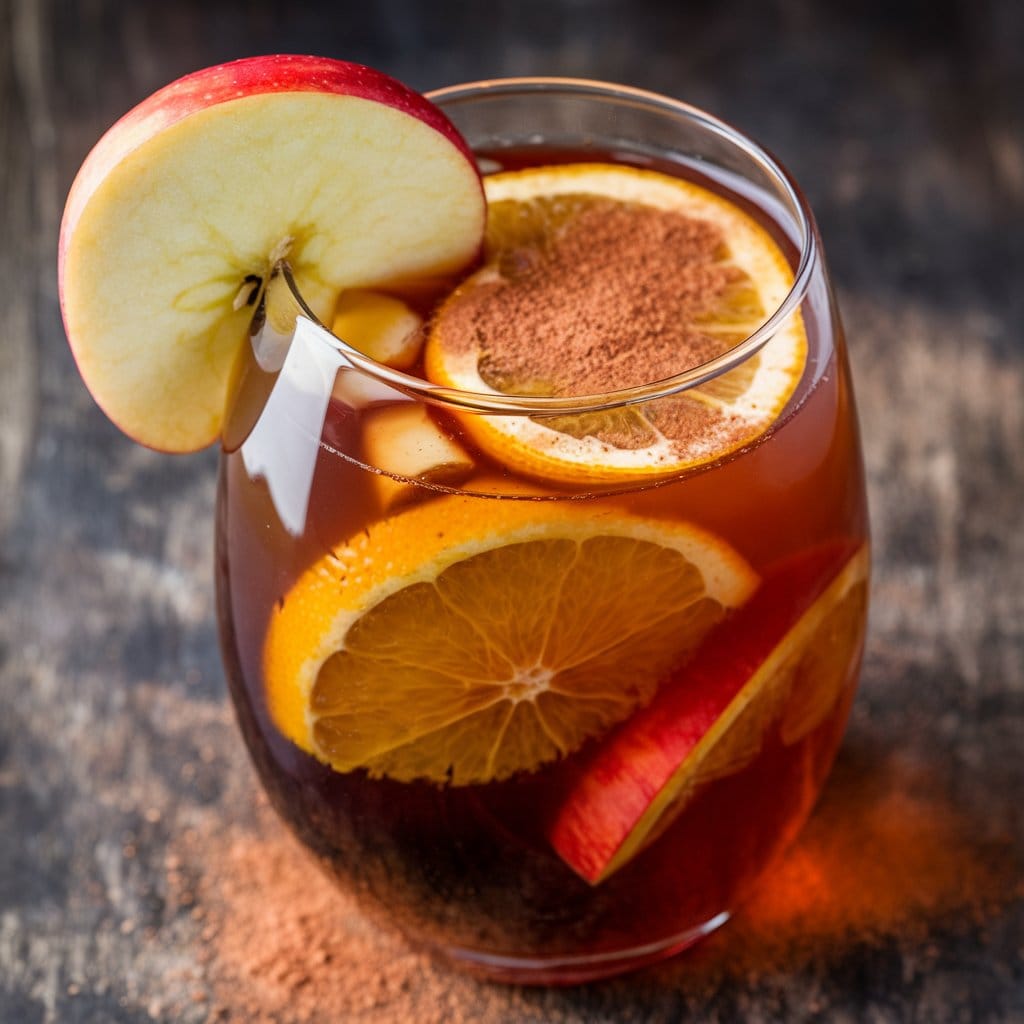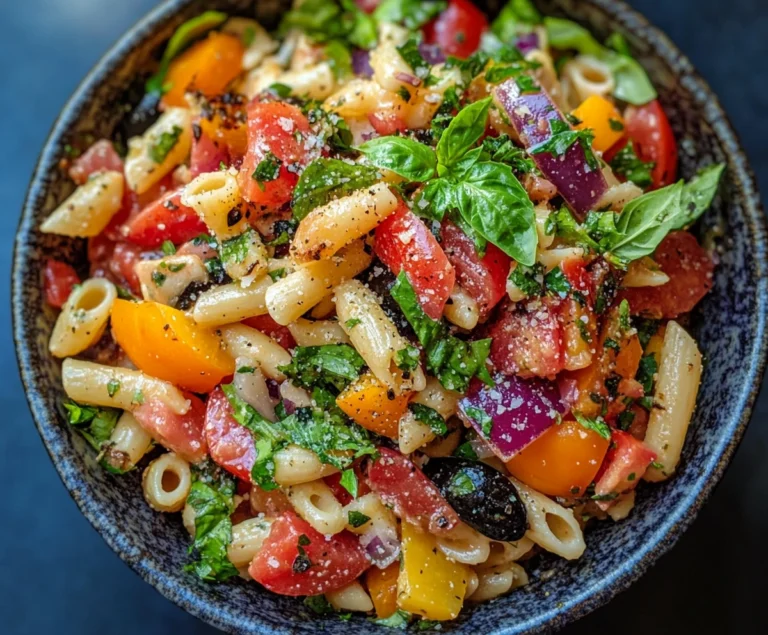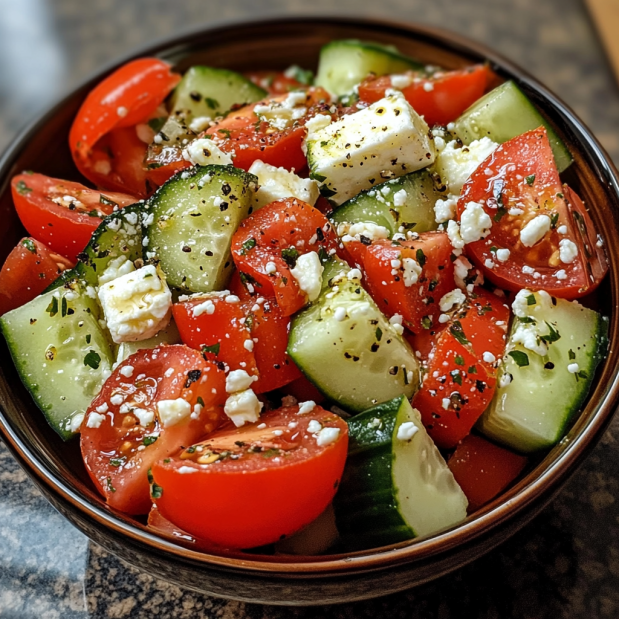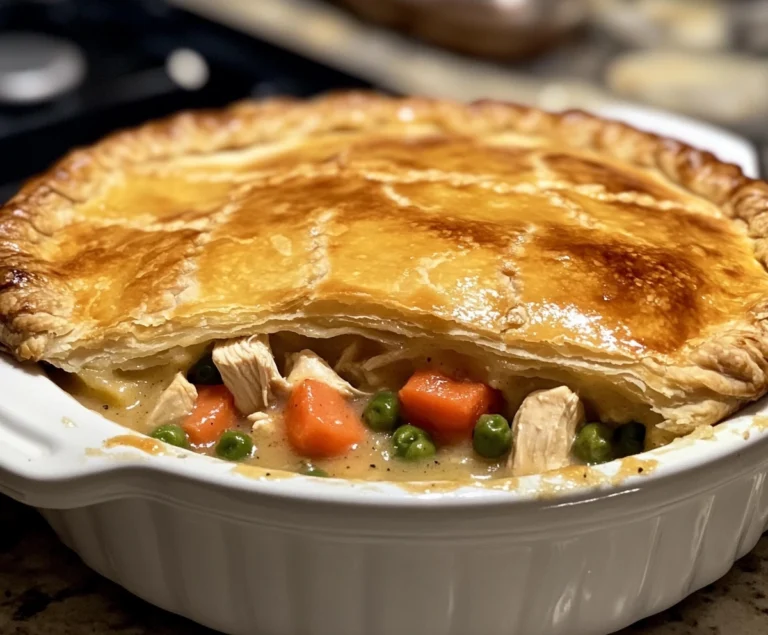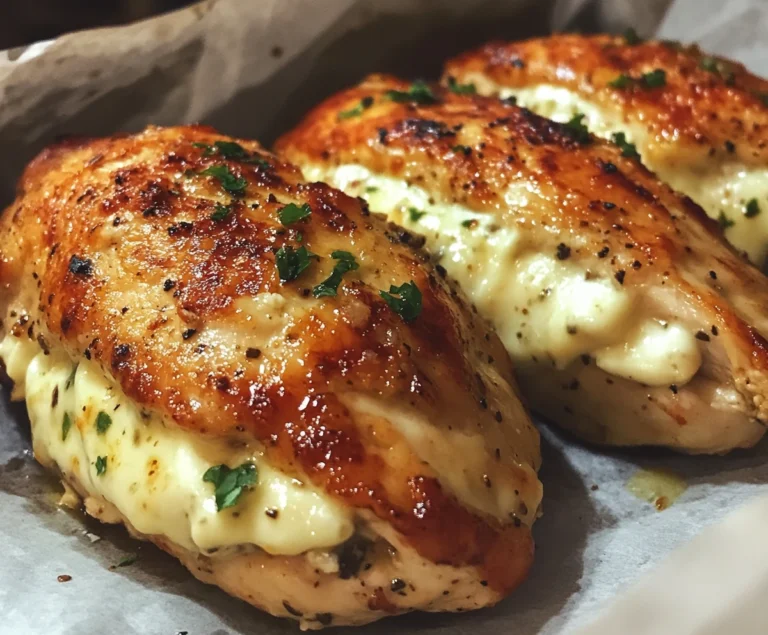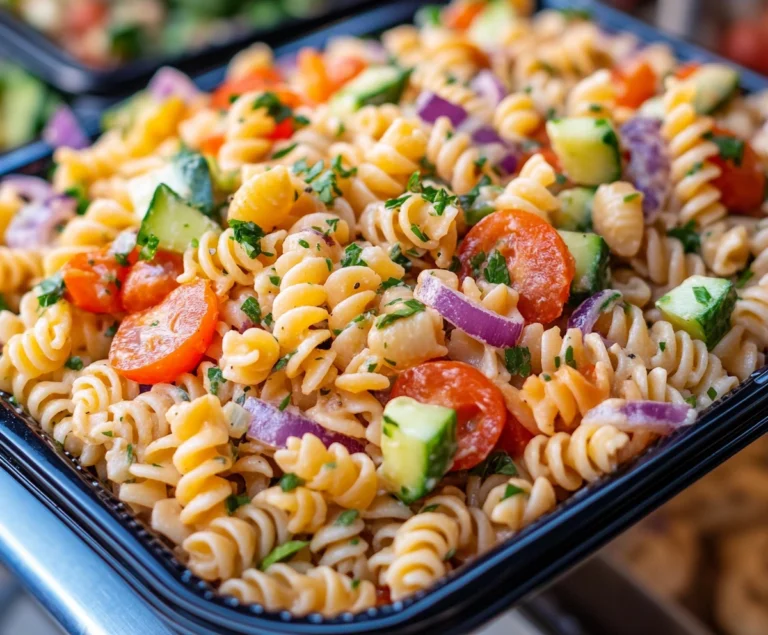What is the recipe for Mangria?
What is the recipe for Mangria? Mangria, a unique fusion of wine and spirits, is a refreshing cocktail that combines the rich, robust flavors of red or white wine with a variety of fruit juices and a touch of hard liquor. This vibrant drink offers a delightful twist on traditional sangria, providing a stronger, bolder flavor profile that has captured the hearts of many cocktail enthusiasts.
History of Mangria
Mangria was conceived by comedian Adam Carolla, who sought to create a drink that combined the best elements of wine and spirits. The idea was simple: take the traditional sangria and add a manly twist, hence the name “Mangria,” which is a playful blend of “man” and “sangria.” Carolla experimented by mixing red wine with vodka and various fruit juices, creating a cocktail that was both potent and flavorful. Over time, Mangria evolved to include different variations and has become a popular choice for those looking for a robust, easy-to-make cocktail.
For a more detailed look at the origins and variations of Mangria, you can check out this article on Esquire’s take on Mangria.
What is Mangria?
At its core, Mangria is a versatile cocktail that allows for creativity in its preparation. It typically combines a base of red or white wine, fortified with a stronger spirit such as vodka or rum, and is sweetened with a variety of fruit juices like orange juice, pomegranate juice, or cranberry juice. The result is a refreshing, fruity drink with a higher alcohol content than traditional sangria.
If you’re interested in trying a handcrafted version, Sutter Home offers a great recipe for a handcrafted wine cocktail that’s perfect for special occasions.
Ingredients Needed for Mangria
To make the classic Mangria, you’ll need the following ingredients:
- 1 bottle of red wine (750 ml)
- 1 cup of vodka or another hard liquor (such as rum or gin)
- 1 cup of orange juice
- 1/2 cup of pomegranate juice
- 1/4 cup of simple syrup (adjust to taste)
- Sliced fruits (such as oranges, lemons, and berries)
Step-by-Step Recipe for Classic Mangria
- Prepare the Base Ingredients
- In a large pitcher, combine the red wine, vodka, orange juice, and pomegranate juice.
- Stir well to mix the liquids thoroughly.
- Add Fruits and Sweetener
- Add sliced fruits (oranges, lemons, berries) to the pitcher.
- Pour in the simple syrup and stir again to ensure all ingredients are well combined.
- Chill and Serve
- Refrigerate the Mangria for at least 2 hours to let the flavors meld together.
- Serve over ice in a wine glass or a highball glass, garnished with additional fruit slices if desired.
Variations of Mangria Recipes
What is the recipe for Mangria? Mangria can be customized to suit different tastes and occasions. Here are some popular variations:
- Tropical Mangria: Add mango or pineapple juice for a tropical twist.
- Low-Sugar Mangria: Use a sugar-free sweetener or reduce the amount of simple syrup.
- Seasonal Mangria: Incorporate seasonal fruits like peaches in the summer or cranberries in the winter.
- Spiced Mangria: Add a dash of cinnamon or nutmeg for a spiced version that’s perfect for autumn and winter.
For those looking to explore more diverse recipes, consider checking out our guide on making Prune Cupcakes for a healthy and moist treat that pairs surprisingly well with a glass of Mangria.
Tips and Tricks for Making the Perfect Mangria
What is the recipe for Mangria? Creating the perfect Mangria involves more than just mixing ingredients. Here are some tips to elevate your Mangria-making skills:
- Choose the Right Wine: A medium-bodied red wine, like Merlot or Zinfandel, works best for red Mangria. For a white version, consider a dry or semi-sweet white wine, such as Sauvignon Blanc or Chardonnay.
- Balance Sweetness and Acidity: Adjust the amount of simple syrup and fruit juice to balance the sweetness and acidity according to your taste.
- Chilling: Always serve Mangria chilled for the best flavor. Prepare it in advance and keep it in the refrigerator for a few hours.
- Presentation: Use fresh, vibrant fruits for garnishing to enhance the visual appeal of your drink.
For additional tips on creating perfect pairings, you might find our guide on Mexican Cucumber Salad a delightful complement to Mangria, especially during summer parties.
Serving Suggestions for Mangria
- Serve Mangria in a large pitcher to allow guests to help themselves.
- Use wine glasses or highball glasses for a sophisticated presentation.
- Garnish with fresh fruits, such as citrus slices or berries, for an appealing look.
- For a more festive touch, rim the glasses with sugar or salt.
Food Pairings with Mangria
Mangria pairs well with a variety of foods, enhancing the overall dining experience:
- Appetizers: Cheese platters, charcuterie, olives, and tapas.
- Main Courses: Grilled meats, barbecue dishes, spicy foods, and robust vegetarian dishes.
- Desserts: Fruit tarts, chocolate mousse, cheesecake, or even a Coffee Cupcake for a sweet finish.
The Science Behind Mangria’s Flavors
Understanding the science behind Mangria’s flavors can help you perfect your recipe. The combination of wine, spirits, and fruit juices creates a complex flavor profile that is both sweet and tart. The alcohol content of the spirits enhances the extraction of flavors from the fruits, while the natural sugars in the fruit juices balance the acidity of the wine. This balance is key to achieving a well-rounded Mangria that is both refreshing and satisfying.
Frequently Asked Questions (FAQs) about Mangria
- Can Mangria be made non-alcoholic?
Yes, you can substitute the wine with grape juice and omit the vodka to make a non-alcoholic version. - How long does Mangria last?
Mangria can be stored in the refrigerator for up to 3 days. However, it is best consumed within 24 hours for optimal freshness. - What is the alcohol content of Mangria?
The alcohol content varies depending on the proportions of wine and spirits used, but it is generally stronger than traditional sangria. - Is Mangria a type of Sangria?
While Mangria shares similarities with sangria, it is typically stronger due to the addition of hard liquor and has a unique flavor profile. - What fruits work best in Mangria?
Citrus fruits like oranges and lemons are classics, but berries, peaches, and pineapples can also add great flavor. - Can you use white wine in Mangria?
Absolutely! White wine Mangria is a popular variation that is lighter and perfect for warmer weather.
Mangria in Popular Culture
Mangria has made its mark not just in the world of cocktails but also in popular culture. Adam Carolla’s promotion of the drink on his podcast and various TV appearances helped boost its popularity. It has since been featured in various food and drink blogs, cocktail recipe books, and even at special events and parties.
Health Considerations and Modifications
While Mangria is a delicious cocktail, it is also important to be mindful of its ingredients, especially if you have specific dietary needs or restrictions:
- Low-Calorie Mangria: Reduce or eliminate the simple syrup, use diet fruit juices, and opt for a lower-alcohol wine.
- Gluten-Free Mangria: Ensure all your ingredients, especially any added spirits, are gluten-free.
- Vegan Mangria: All standard ingredients are vegan, but if you’re adding anything extra, make sure it complies with a vegan diet.
How to Store Mangria
What is the recipe for Mangria? To keep Mangria fresh, store it in an airtight container in the refrigerator. Avoid leaving it out at room temperature, as this can cause the fruits to ferment further, altering the taste. If you plan to make Mangria ahead of time, prepare the base (wine and liquor mixture) and add fresh fruits just before serving.
Popular Mangria Myths
There are a few myths and misconceptions about Mangria that are worth addressing:
- Myth: Mangria is just a strong sangria.
While it is stronger than traditional sangria, Mangria has its unique character, often more robust and less sweet than traditional sangria. - Myth: You can only use red wine in Mangria.
As mentioned earlier, white wine or even rosé can be used to create different versions of Mangria.
Experimenting with Mangria
One of the joys of Mangria is its versatility. Don’t be afraid to experiment with different ingredients to create your unique version. Whether you add a splash of limoncello for a zesty kick or muddle in fresh herbs like mint or basil for an aromatic touch, there are endless possibilities to explore.
Conclusion
What is the recipe for Mangria? Mangria is more than just a cocktail; it’s a celebration of flavors and creativity. Whether you’re a seasoned cocktail enthusiast or just starting to explore the world of mixology, Mangria offers a fun and delicious way to experiment with flavors and impress your guests. So, grab a bottle of wine, your favorite fruits, and some spirits, and start mixing up your perfect Mangria today!
By following this guide, you can create a delicious Mangria that will impress your guests and provide a refreshing twist on the classic sangria. Cheers to good times and great drinks!

